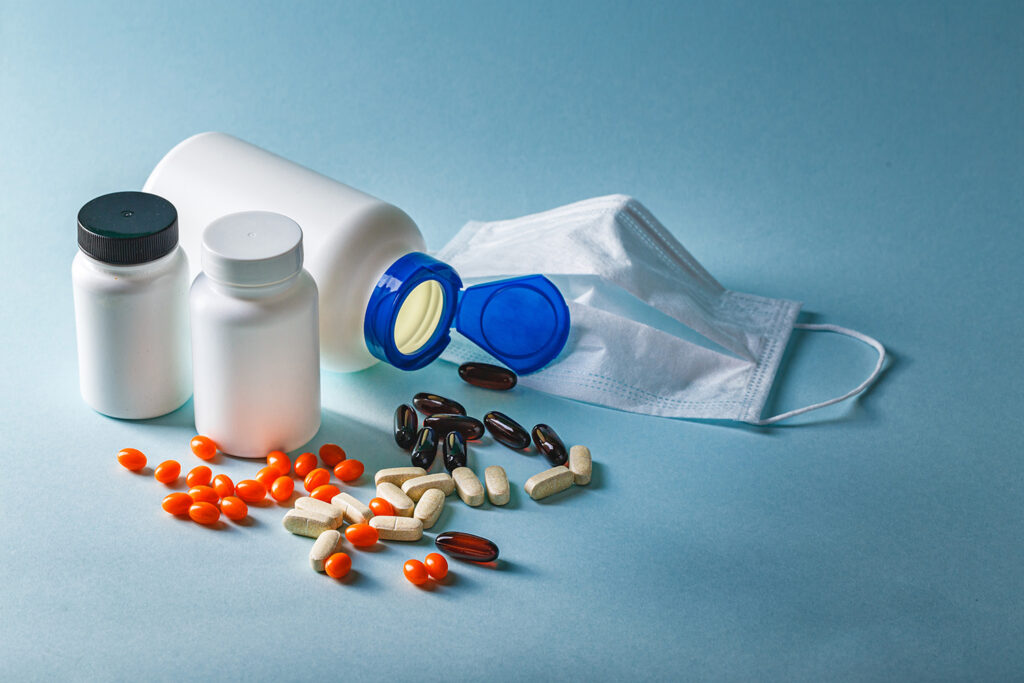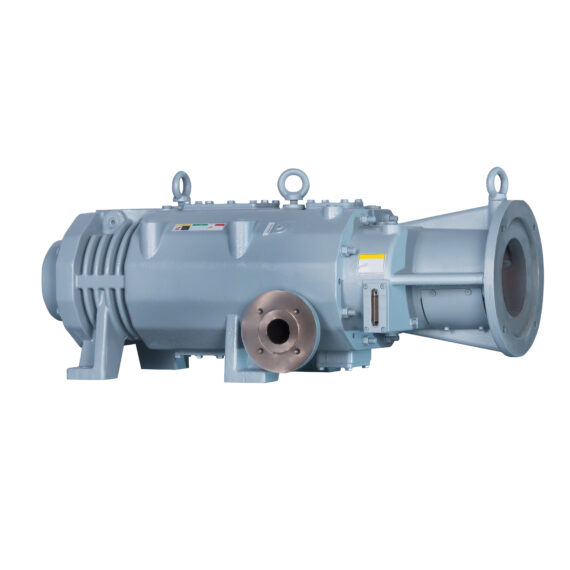
Membrane Pervaporation for Dry Screw Vacuum Pumps
Membrane pervaporation is a process by which liquid mixtures are separated, with its components isolated and contained using the principles of evaporation and permeation, hence the name “pervaporation”. With the use of vacuum, the membrane pervaporation process becomes much faster and cleaner.
The principle of pervaporation begins with the evaporation of a liquid. A liquid mixture is evaporated and its gaseous form is introduced to a membrane. The gaseous mixture is allowed to permeate through the membrane selectively. Only molecules that are able to fit through the standardized diameters of the pores of the membrane are able to pass through to the other side and move forward in processing. The rest of the mixture is directed away from the membrane for a different process or for treatment and disposal. In this manner, the method of pervaporation with the use of membranes is able to separate desired low-concentration components of liquid mixtures.
The vacuum of the pervaporation system comes from a vacuum pump. Introducing sub-atmospheric conditions to the system allows for a surge in efficiency. The vacuum enlarges the pressure differential on the other side of the membrane that is able to draw the gaseous mixture towards it, through the membrane. This results in an accelerated rate of membrane pervaporation processing, as the molecules are moving at a quicker pace thanks to the suction of the vacuum pump.
The sub-atmospheric conditions also allow for a lower boiling point of any liquid mixture. This is because the atmospheric pressure that is typically exerted on all matter on Earth pushes down on the liquid mixtures, reinforcing the intermolecular bonds that the liquid has that are keeping the mass from phase shifting into gaseous matter. With the lessening of this ambient pressure, the intermolecular bonds of the mixture are easier to break, lowering the temperature and energy required to boil and evaporate the liquid mixture.
In addition, the vacuum pressure discourages the existence of azeotropic mixtures. Membrane pervaporation takes advantage of the varying boiling points of the constituents of the liquid mixture. At atmospheric pressure, however, many components may have similar or equivalent boiling points. As such is the case, it is difficult to thoroughly separate any azeotropic liquid mixture at atmospheric pressure. The components of these azeotropic mixtures begin to exhibit different physical properties depending on the pressure, however. At sub-atmospheric conditions, the azeotropic mixtures separate and exhibit differing boiling points, allowing for easier and higher quality separation of the desired low-concentration constituents.
Using vacuum to lower the heat energy also allows for solvent recovery. Certain solvents and volatile organic compounds may degrade under intense heat, significantly affecting the quantity and quality of the resulting yield. As such is the case, it is within the best interest of the plant to manipulate the physical properties of the liquid mixture in a way that allows for the reduction of required heat energy for the completion of the membrane pervaporation process. As was previously mentioned, utilizing negative pressure via a vacuum pump creates the opportunity for the lowered heat energy with the same boiling result.
Applications of Dry Screw Vacuum Pumps
Membrane pervaporation is used largely in the pharmaceutical and chemical research and manufacturing industries. For a considerable portion of membrane pervaporation in these applications, various heat-sensitive organic compounds are manipulated, stripped, or added to different mixtures in a precise and calculated manner. Such strict standards and measurements require a deeper level of vacuum for proper separation of azeotropic mixtures and a required heat energy to reach boiling point that is nowhere near a concerning temperature that may affect the quality of said organic compounds. For these applications and many more like them, a dry screw vacuum pump is used to achieve the required level of vacuum.
Advantages of Dry Screw Vacuum Pumps
Despite the increased level of vacuum required in cases such as the chemical and pharmaceutical industry, the dry screw vacuum pump is, in fact, more than capable of exceeding the typically recommended ultimate vacuum level for membrane pervaporation. Because of this fact, the dry screw vacuum pump can be operated well below its maximum recommended RPM while fully performing its duties. This means that the dry screw does not have to undergo strenuous operation, rapid rates of wear and failure, and increased risk of damage leading to repair or replacement. This also saves energy, cutting costs and environmental impact.
The energy savings come from the pump itself, as the dry screw vacuum pump boasts a high CFM-to-HP ratio. The design may also be configured with variable pitch so that energy costs can be driven even further down.
The dry screw vacuum pump is able to reach such high levels of vacuum because of its lack of a working fluid. This means that there is no limitation of vapor pressure, no constant fluid maintenance and changing, no costs for constructing a designated fluid supply line, and no post-filtration and disposal treatment. The dry screw has an easy gas purging procedure and a chamber that is equally easy to access for quick, simple cleaning and maintenance.
NES Company Inc. is proud to offer our NSP Series dry screw vacuum pumps with spare parts kits, gas ballast kits, exhaust silencer kits, and more for any need or specialization that may arise.

